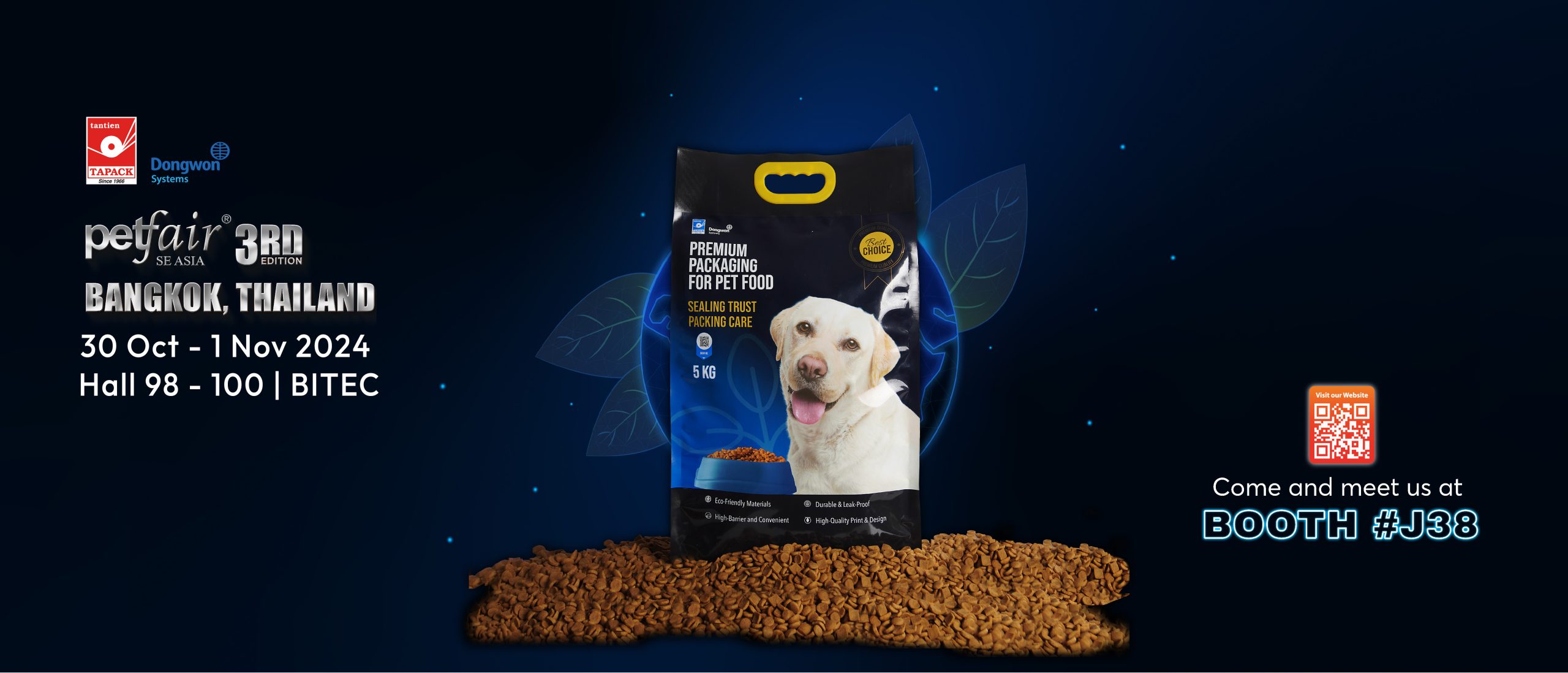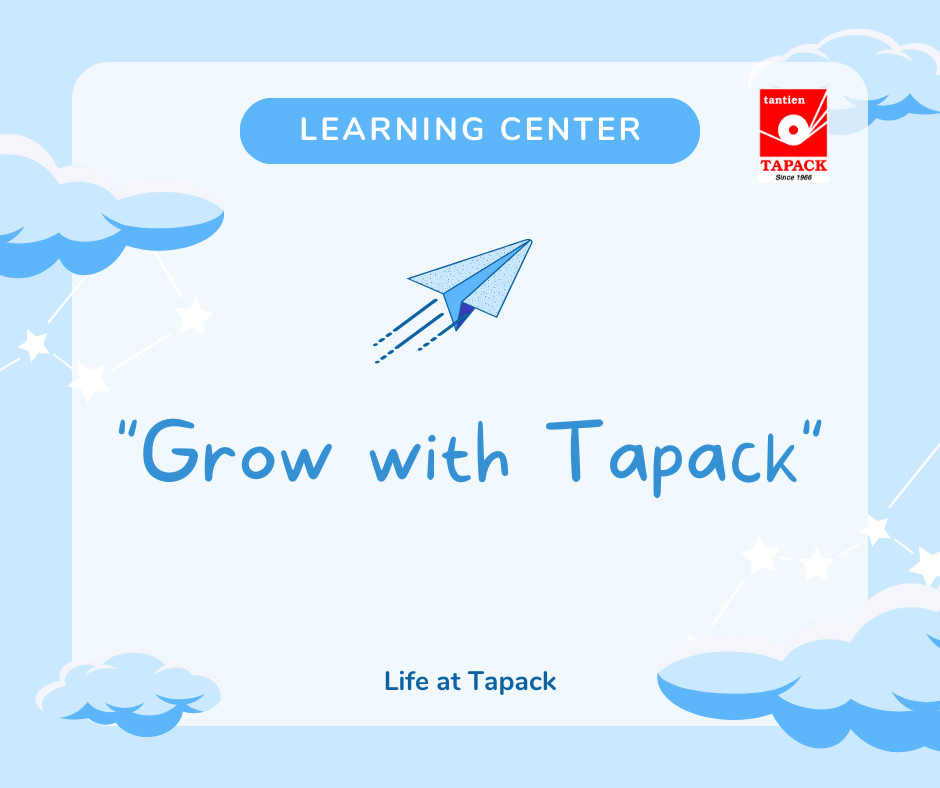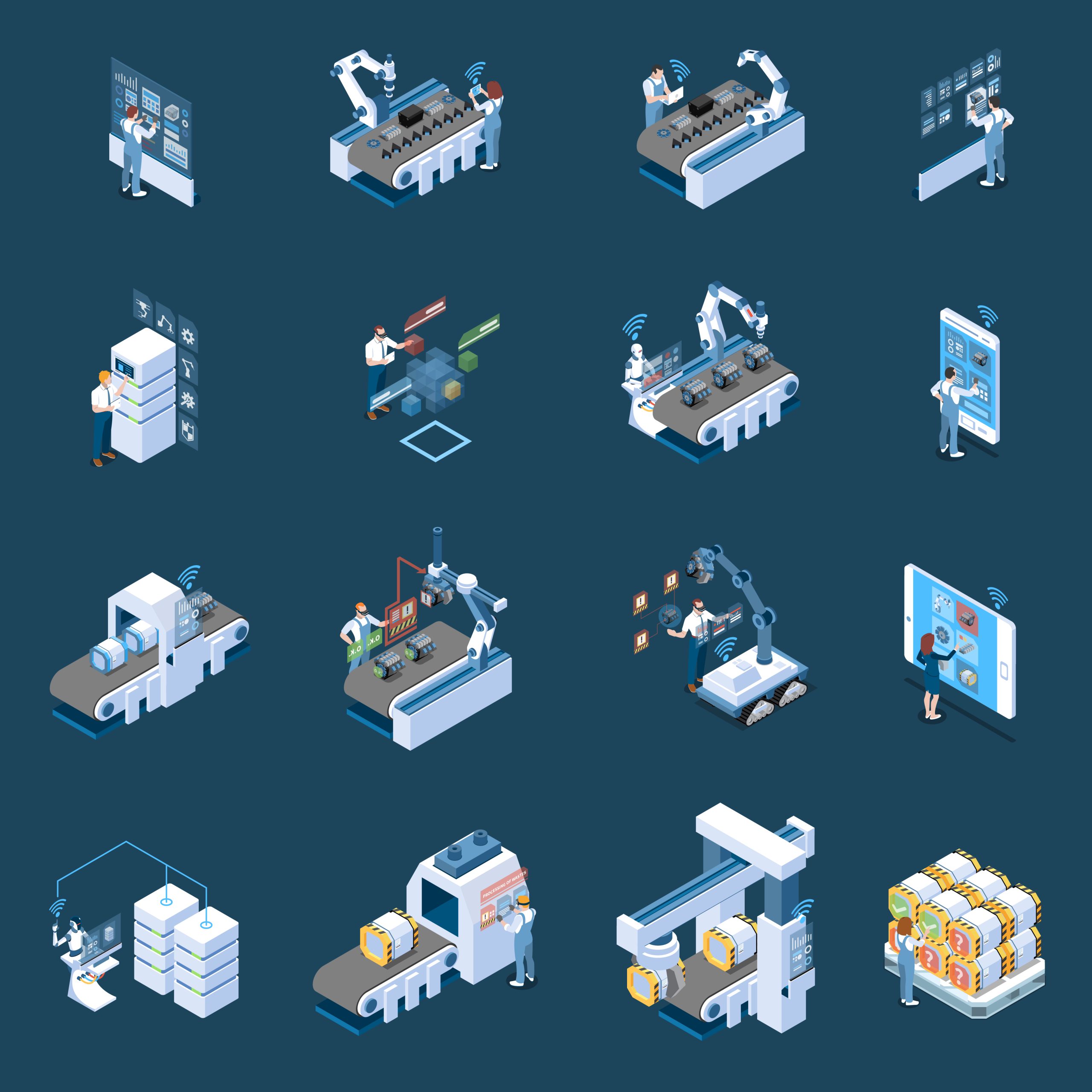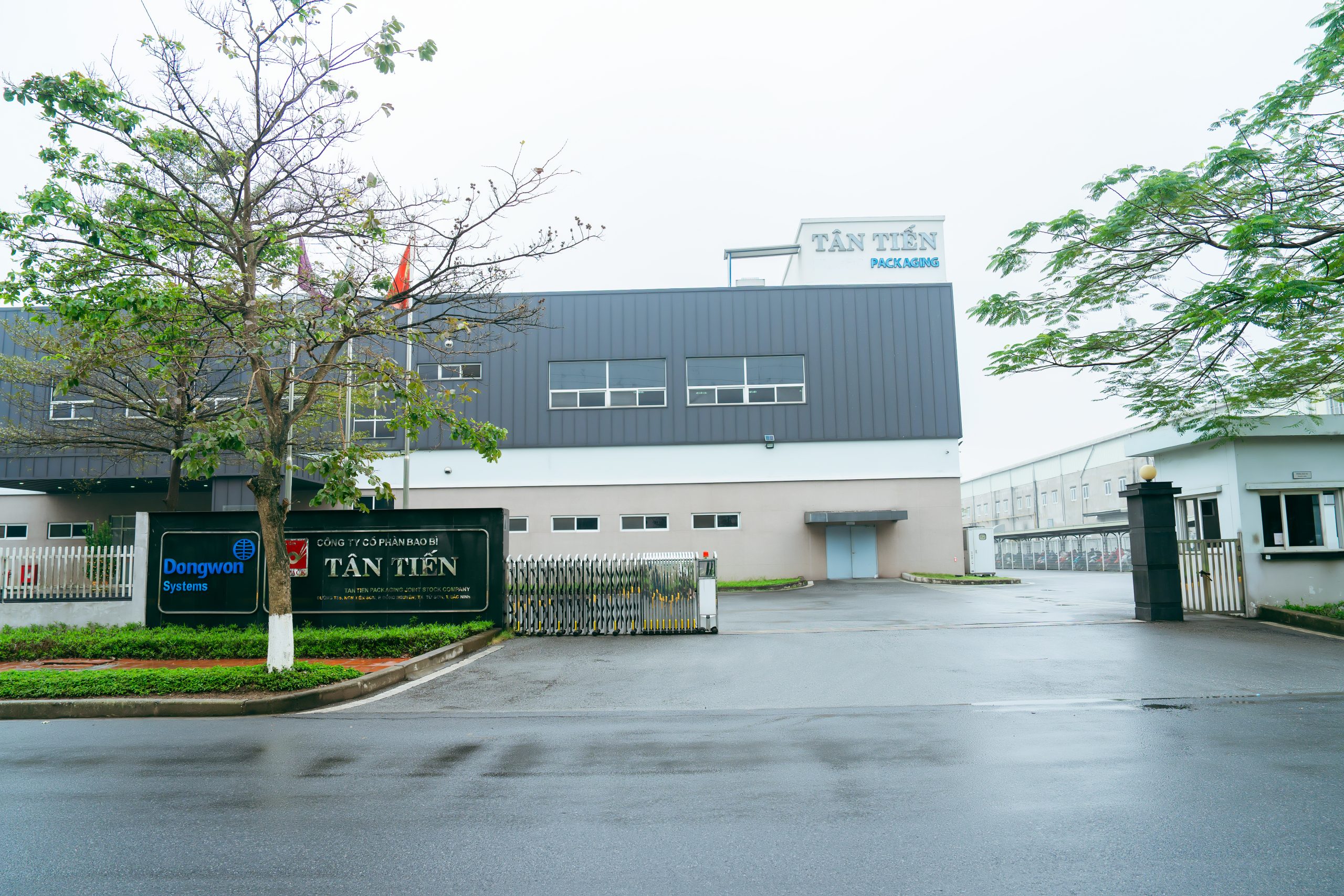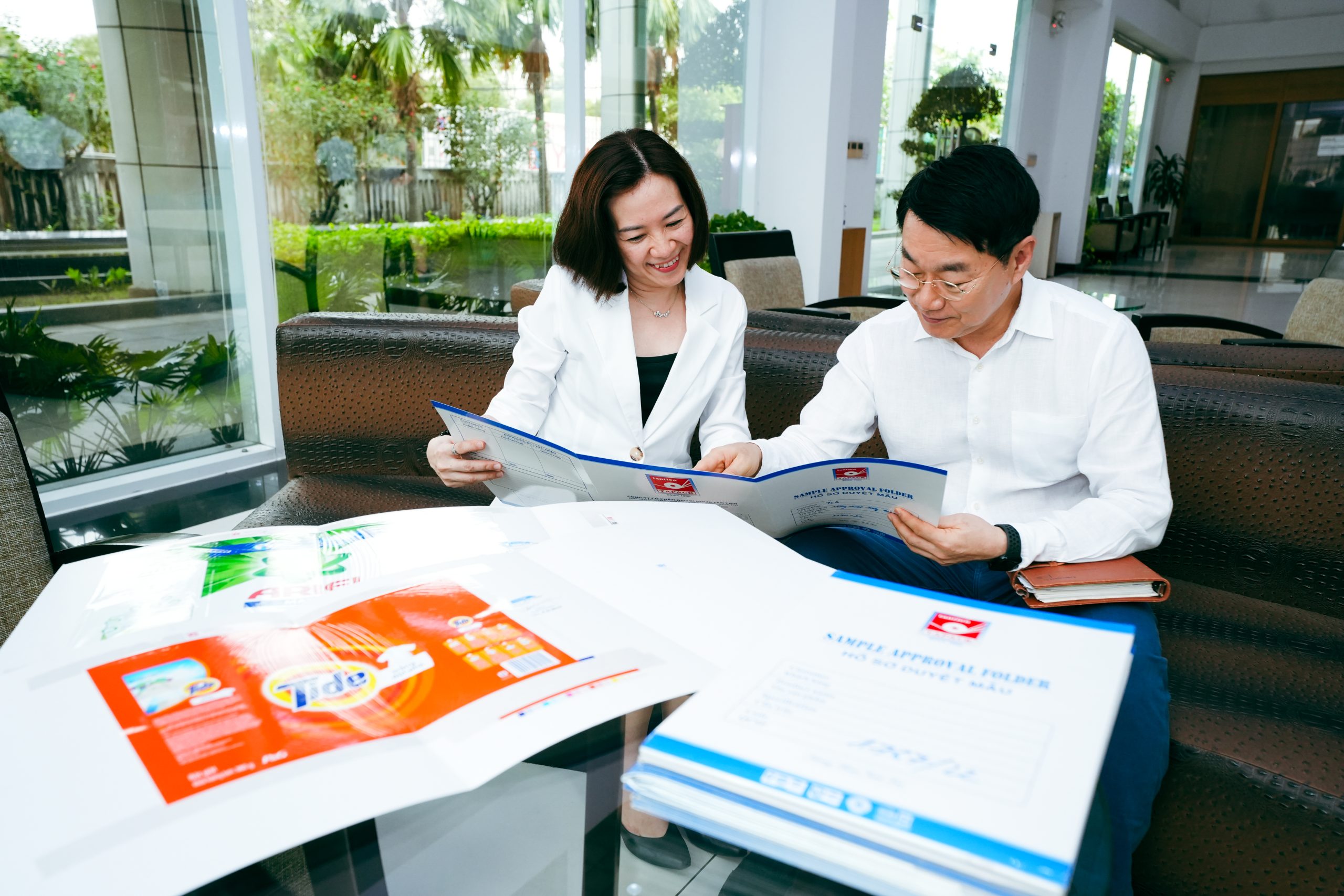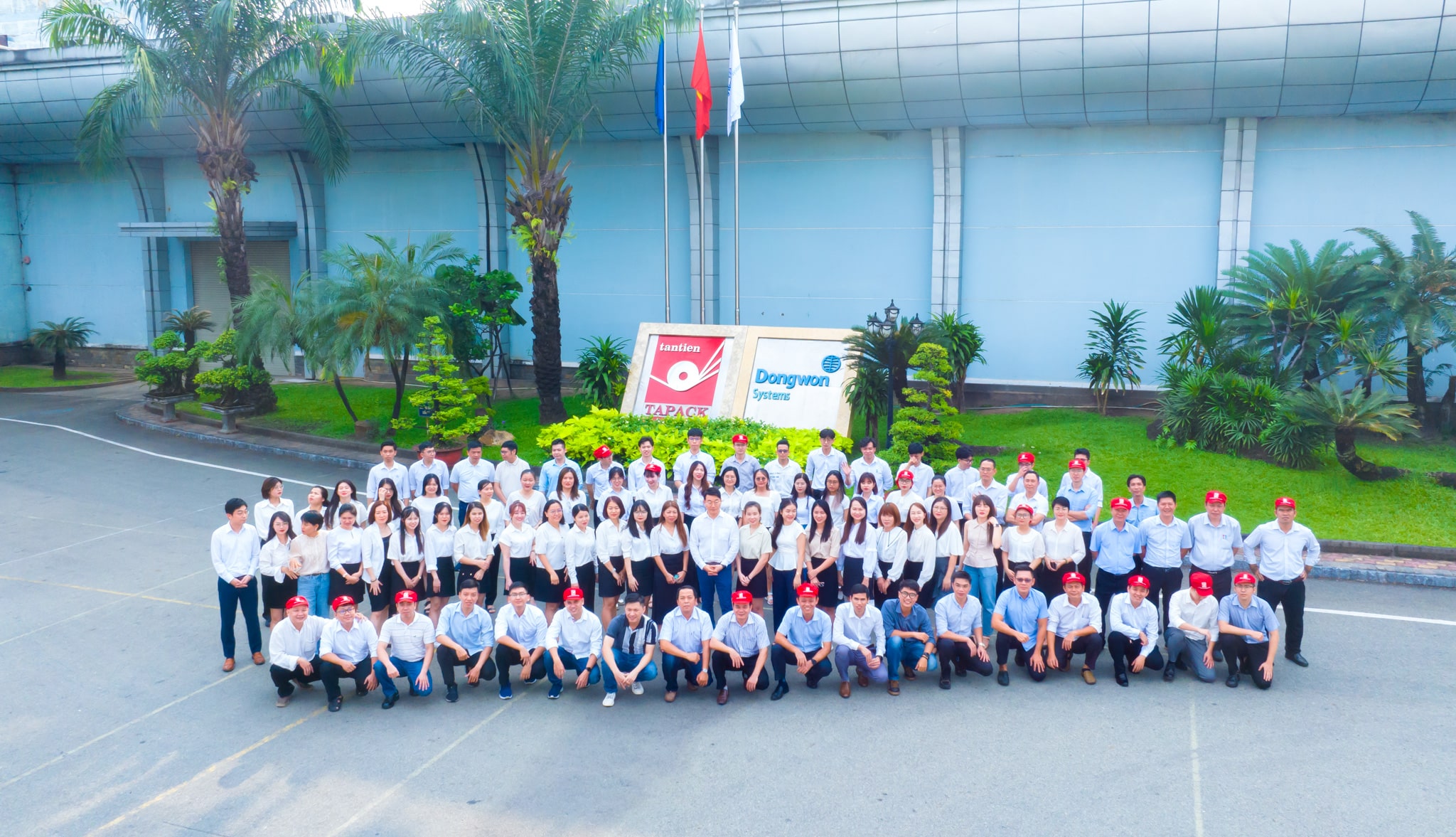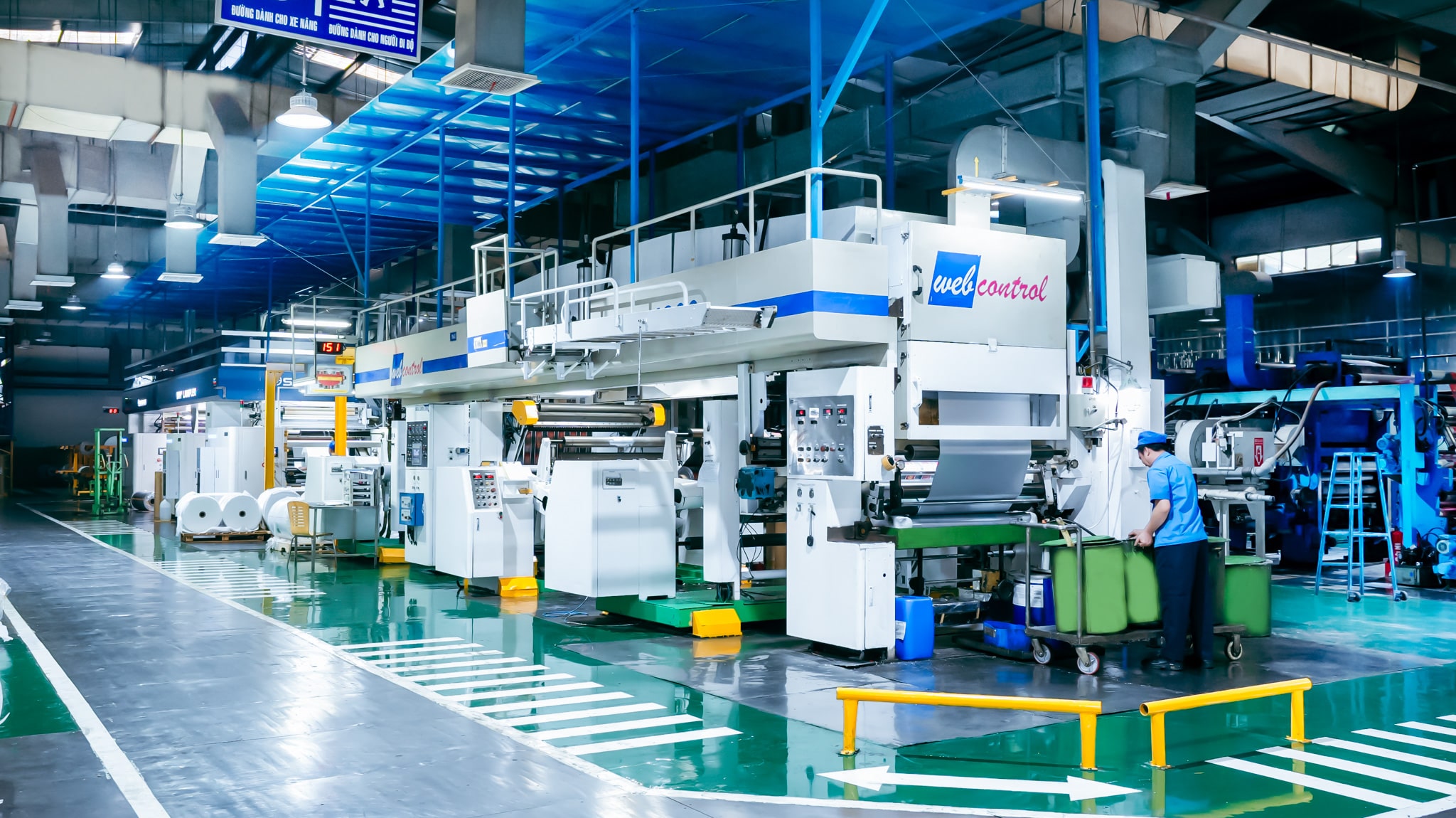Sustainable Packaging: A Game-Changer for the Food Sector
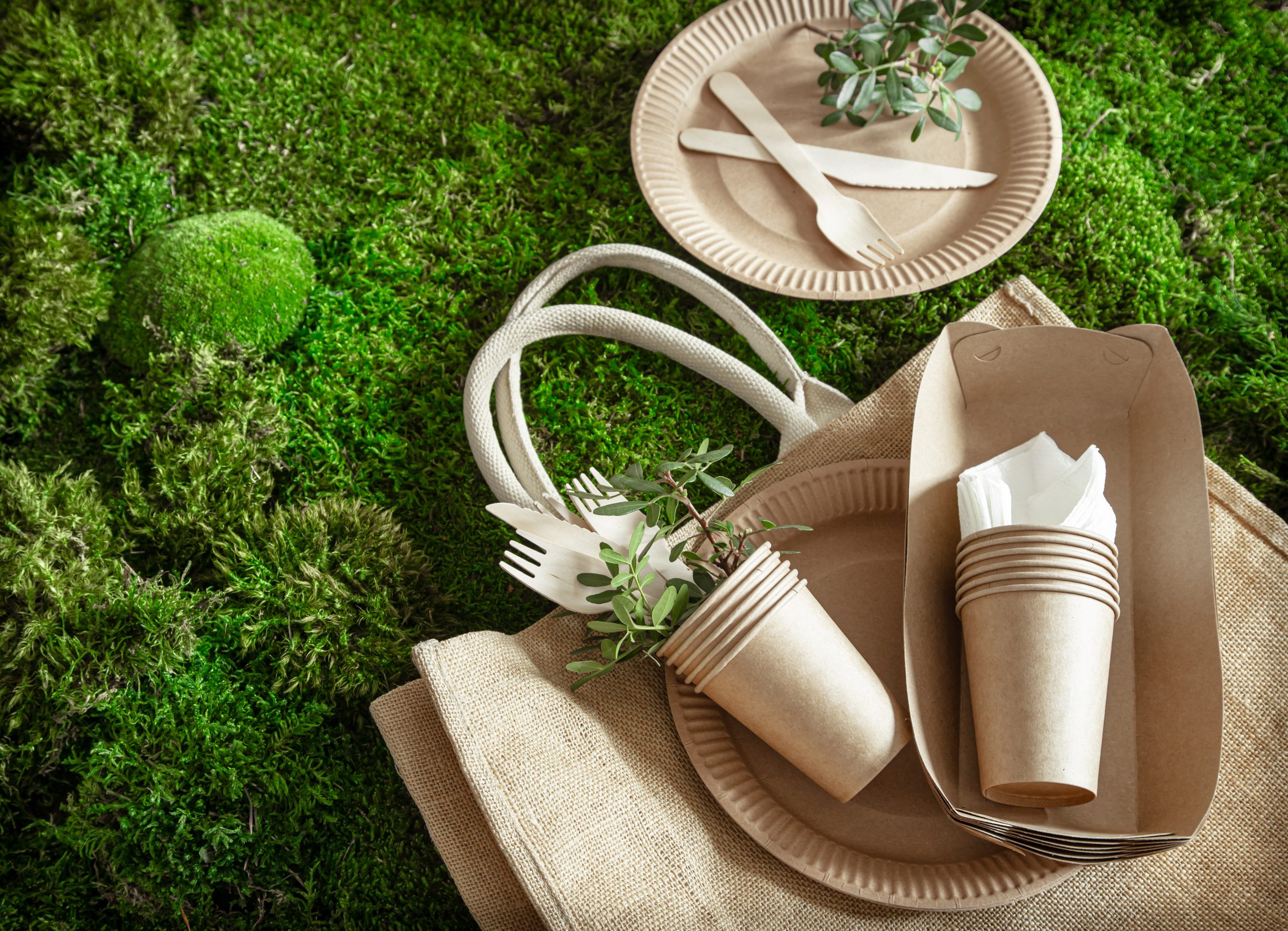
In today’s rapidly evolving market, sustainability has transcended from being a mere buzzword to a cornerstone of corporate strategy. The food sector, a massive contributor to global waste, is witnessing a paradigm shift towards sustainable packaging solutions. This article delves into how sustainable packaging is revolutionizing the food industry, its benefits, and its future prospects.
The Rise of Sustainable Packaging
Sustainable packaging refers to the use of materials and manufacturing methods that have minimal environmental impact. As consumer awareness around environmental issues grows, so does the demand for eco-friendly packaging solutions. This shift is not just a trend but a necessity, driven by both regulatory pressures and a genuine need to reduce the environmental footprint.
Key Drivers
Several factors are propelling the adoption of sustainable packaging in the food sector:
- Consumer Demand: Modern consumers are increasingly eco-conscious, seeking products that align with their values. They prefer brands that demonstrate a commitment to sustainability.
- Regulatory Pressures: Governments worldwide are implementing stringent regulations to curb plastic waste. These regulations are pushing companies to explore sustainable alternatives.
- Corporate Responsibility: Companies are recognizing the importance of sustainability in building brand reputation and customer loyalty. Adopting sustainable packaging is a tangible way to showcase their commitment to the environment.
Benefits of Sustainable Packaging
The shift towards sustainable packaging offers numerous benefits for the food industry:
- Environmental Impact: Sustainable packaging reduces waste, conserves resources, and minimizes pollution. Using biodegradable or recyclable materials helps in cutting down the volume of waste ending up in landfills.
- Cost Efficiency: While the initial investment in sustainable packaging might be higher, it can lead to long-term cost savings. Reduced material usage, improved energy efficiency, and potential tax incentives can offset the initial costs.
- Enhanced Brand Image: Companies that adopt sustainable practices often enjoy enhanced brand perception. Consumers are more likely to support brands that prioritize the environment, leading to increased customer loyalty and market share.
Innovations in Sustainable Packaging
The food sector is witnessing a surge in innovative sustainable packaging solutions. Here are some noteworthy advancements:
- Edible Packaging: Companies are exploring edible packaging made from materials like seaweed, rice paper, and potato starch. These materials are not only biodegradable but also add an element of novelty to the product.
- Biodegradable Plastics: Bioplastics made from renewable sources like corn starch and sugarcane are gaining traction. These materials break down naturally, reducing the burden on landfills.
- Recyclable Packaging: Innovations in recycling technology are enabling the creation of packaging that can be easily recycled. Multi-layered packaging, which was traditionally challenging to recycle, is now being redesigned for better recyclability.
Challenges and Future Prospects
While the benefits are clear, the transition to sustainable packaging is not without challenges:
- Cost Implications: Sustainable materials can be costlier than traditional plastics. Companies need to balance the initial investment with long-term benefits.
- Supply Chain Adjustments: Adopting sustainable packaging requires changes throughout the supply chain. From sourcing materials to manufacturing processes, companies need to ensure that sustainability is integrated at every step.
- Consumer Acceptance: While awareness is growing, not all consumers are willing to pay a premium for sustainable packaging. Education and awareness campaigns are crucial to drive consumer acceptance.
Despite these challenges, the future of sustainable packaging in the food sector looks promising. As technology advances and economies of scale come into play, the costs are expected to decrease, making sustainable packaging more accessible.
Conclusion
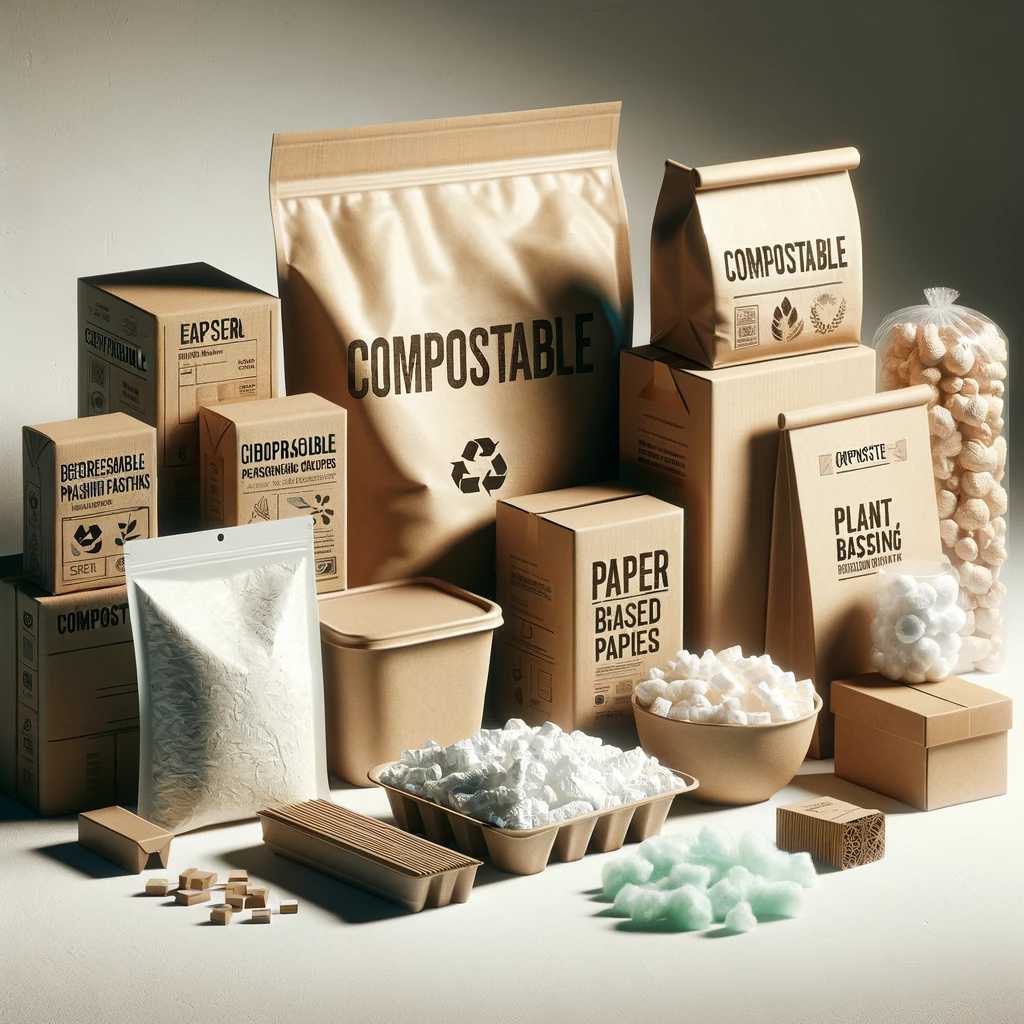
Sustainable packaging is no longer a niche concept but a fundamental aspect of the food industry’s future. It offers a win-win solution by addressing environmental concerns while providing economic benefits. For food industry professionals, packaging innovators, and eco-conscious consumers, sustainable packaging represents a significant step towards a greener, more sustainable future. Embracing these innovations today will not only enhance brand reputation but also contribute to a healthier planet for future generations.
By prioritizing sustainable packaging, the food sector can lead the charge in creating a more sustainable world. The journey may be challenging, but the rewards in terms of environmental impact, cost efficiency, and brand loyalty make it a worthwhile endeavor.
For those looking to stay ahead in the competitive food industry, now is the time to invest in sustainable packaging solutions. The future is green, and it starts with the packaging choices we make today.
For more insights into sustainable packaging and its impact on the food industry, visit Packaging World Insights.

